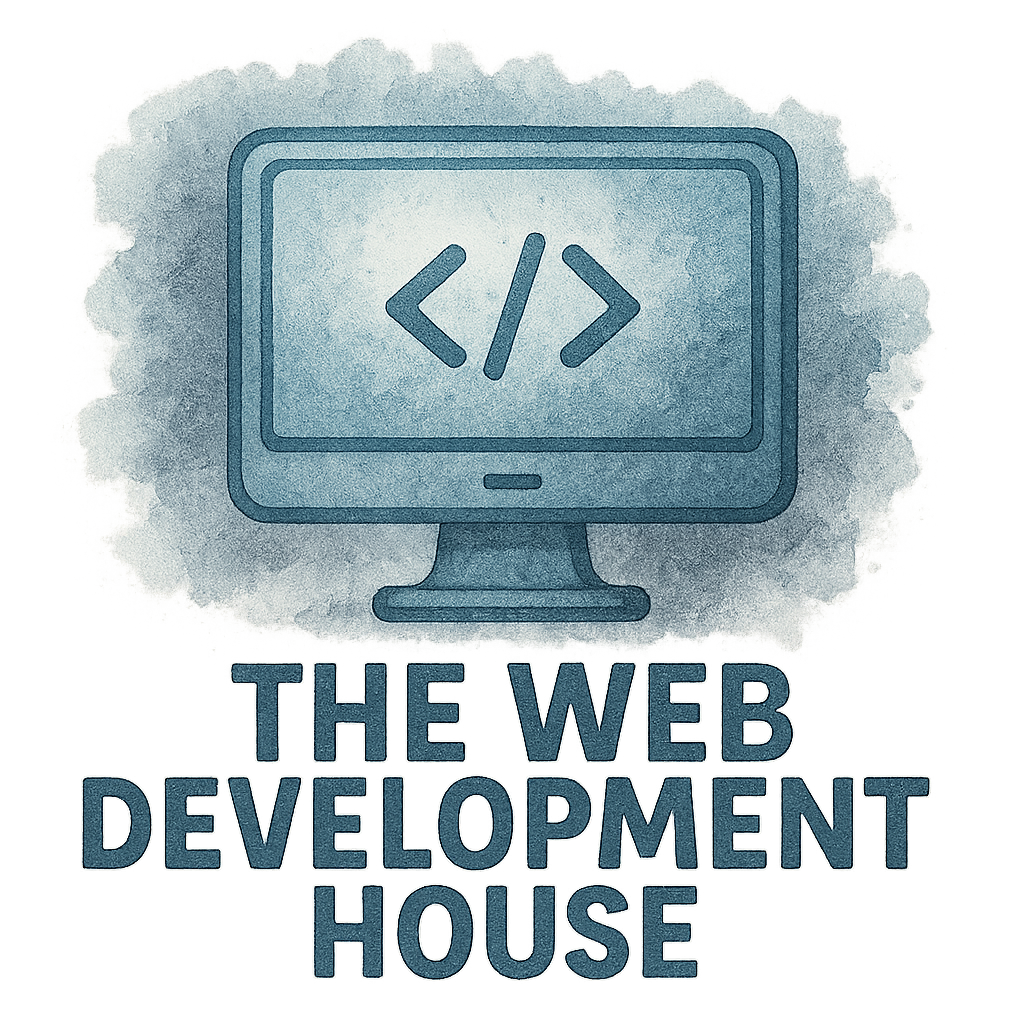Introduction to Learning Web Development with HTML
So, you’ve decided to dive into web development? That’s awesome! But here’s the truth: before you can run, you need to walk. And in the world of coding, HTML is the walking stage. It’s the skeleton of every website you’ve ever visited. In this guide, I’ll show you 12 practical HTML examples that will help you learn web development in a way that feels natural and easy to follow.
Why HTML is the Foundation of Web Development
The Role of HTML in Modern Websites
HTML (HyperText Markup Language) is the building block of the web. Think of it as the bricks and mortar that hold a house together. Without HTML, there’s no webpage—just a blank screen.
Connecting HTML with CSS and JavaScript
While HTML structures content, CSS makes it pretty, and JavaScript brings it to life. If HTML is the skeleton, CSS is the skin and clothes, while JavaScript is the brain that makes everything interactive. Together, they form the golden trio of front-end development.
HTML Basics You Should Know Before Practicing
Structure of an HTML Document
Every HTML page starts with a doctype, a <head>, and a <body>. The head is like the backstage—it holds metadata and links. The body is the main stage where everything the user sees lives.
Essential HTML Tags
Some tags you’ll use over and over: <html>, <head>, <title>, <body>, <h1> to <h6>, <p>, <a>, <img>, and <div>. Master these, and you’re off to a great start.
Example 1: Creating a Simple Webpage Skeleton
Here’s the simplest HTML structure you’ll ever need.
<!DOCTYPE html>
<html>
<head>
<title>My First Webpage</title>
</head>
<body>
<h1>Hello World!</h1>
<p>This is my first webpage using HTML.</p>
</body>
</html>
This example gives you the bare-bones structure every webpage needs.

Example 2: Adding Headings and Paragraphs
Want to break your content into chunks? Headings (<h1> to <h6>) and paragraphs (<p>) make your text readable.
<h1>Main Heading</h1>
<p>This is a paragraph explaining the main idea.</p>
<h2>Subheading</h2>
<p>This is a supporting detail.</p>
Example 3: Using Links for Navigation
Navigation is everything. The <a> tag makes it happen.
<a href="https://thewdhouse.com/web-development/">Learn Web Development</a>
Notice how I linked this to a helpful resource? That’s how internal and external linking works in real projects.
Example 4: Inserting Images into Your Page
Websites without images feel incomplete. Use <img> to add them.
<img src="example.jpg" alt="A sample image">
The alt attribute is super important—it improves accessibility and SEO.
Example 5: Building an Ordered and Unordered List
Lists help you organize ideas clearly.
<ul>
<li>HTML</li>
<li>CSS</li>
<li>JavaScript</li>
</ul>
<ol>
<li>Step one</li>
<li>Step two</li>
</ol>
Example 6: Creating Tables for Data Display
Tables are perfect for structured data.
<table border="1">
<tr>
<th>Name</th>
<th>Role</th>
</tr>
<tr>
<td>Alice</td>
<td>Developer</td>
</tr>
</table>
Example 7: Designing a Contact Form
Forms are essential for user input.
<form>
<label>Name:</label>
<input type="text" name="name"><br><br>
<label>Email:</label>
<input type="email" name="email"><br><br>
<input type="submit" value="Send">
</form>
Example 8: Embedding Videos in HTML
Want to add a YouTube video? Simple!
<iframe width="560" height="315" src="https://www.youtube.com/embed/sample"
frameborder="0" allowfullscreen></iframe>
Example 9: Adding Semantic HTML Tags for SEO
Tags like <article>, <section>, and <aside> make your code meaningful.
<article>
<h2>Learning Web Development</h2>
<p>This is an article about web development basics.</p>
</article>
Example 10: Structuring Content with Divs and Spans
Divs and spans are like invisible containers.
<div class="container">
<p>This is inside a div.</p>
<span style="color:red;">This is a span.</span>
</div>
Example 11: Using HTML5 Elements like Header, Article, and Footer
Modern HTML includes elements for better structure.
<header>
<h1>My Website</h1>
</header>
<article>
<p>Here’s the main content.</p>
</article>
<footer>
<p>Copyright 2025</p>
</footer>
Example 12: Creating a Basic Landing Page
Bring everything together into a simple landing page.
<!DOCTYPE html>
<html>
<head>
<title>Landing Page</title>
</head>
<body>
<header>
<h1>Welcome to My Site</h1>
<nav>
<a href="#about">About</a> |
<a href="#services">Services</a> |
<a href="#contact">Contact</a>
</nav>
</header>
<section id="about">
<h2>About Us</h2>
<p>We build awesome web experiences.</p>
</section>
<footer>
<p>Contact us today!</p>
</footer>
</body>
</html>
Best Practices for Learning Web Development Through HTML
Start Small, Then Scale Up
Begin with simple pages and gradually introduce CSS, JavaScript, and frameworks.
Combine HTML with UI/UX Principles
Clean layouts and thoughtful UI/UX design make a huge difference in user experience.
Keep Accessibility in Mind
Always use alt text, semantic tags, and proper headings. It ensures your site is friendly for everyone.
How HTML Knowledge Helps in Web Development Careers
Opportunities in Web and Mobile Development
Mastering HTML is your entry ticket into web development and mobile development careers.
Importance of Company Culture in Development Teams
Beyond coding, a strong company culture helps developers grow in collaborative environments.
Conclusion
Learning web development starts with HTML—it’s the foundation of everything you’ll build. With these 12 practical HTML examples, you’ve got the hands-on knowledge to create real-world websites, from a simple “Hello World” page to a structured landing page. Keep practicing, stay curious, and soon you’ll be building complex sites with confidence.
FAQs
1. What is the easiest way to learn HTML for beginners?
Start by building small projects like personal webpages and practice frequently.
2. Do I need CSS and JavaScript to make a complete website?
Yes, HTML structures content, but CSS styles it and JavaScript makes it interactive.
3. How long does it take to master HTML?
With consistent practice, you can learn HTML basics in a few weeks.
4. Is HTML still relevant in 2025?
Absolutely—every website still relies on HTML as its foundation.
5. Can I build a mobile app using only HTML?
Not directly, but HTML skills support mobile app development with hybrid frameworks.
6. What’s the difference between semantic and non-semantic HTML tags?
Semantic tags give meaning to content (<article>, <header>), while non-semantic tags (<div>, <span>) are just containers.
7. Where can I learn more about web development best practices?
Check out guides on best practices, project management, and development houses for deeper insights.

